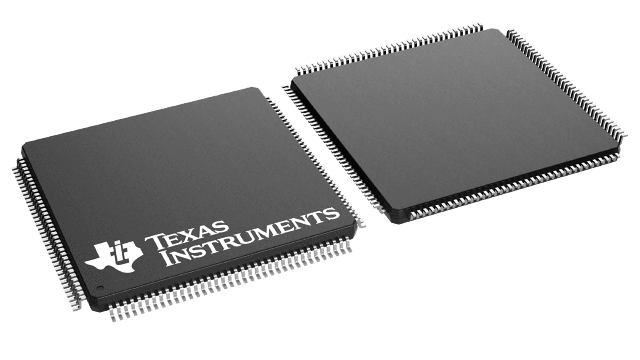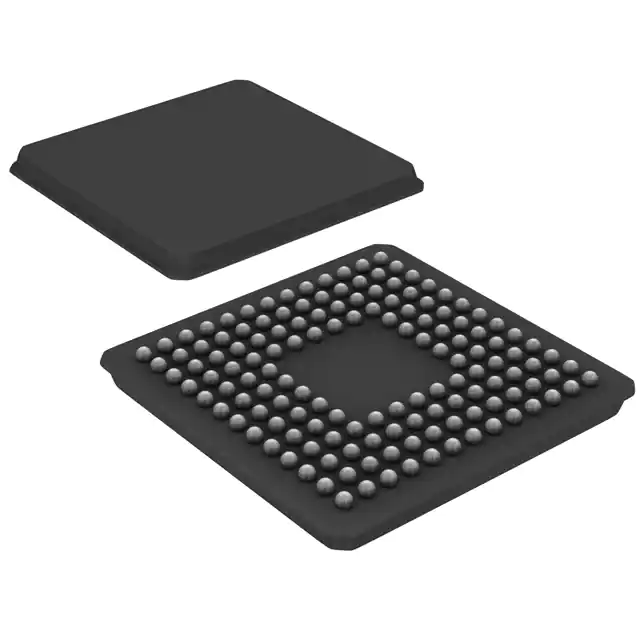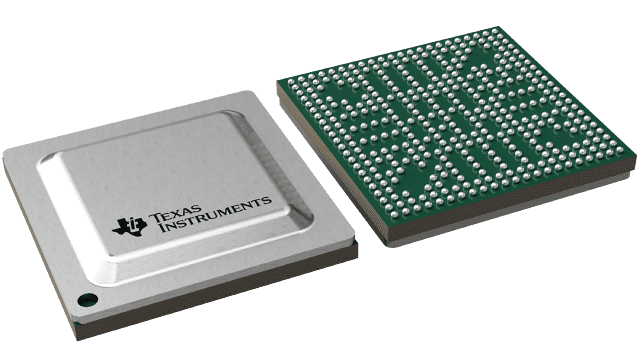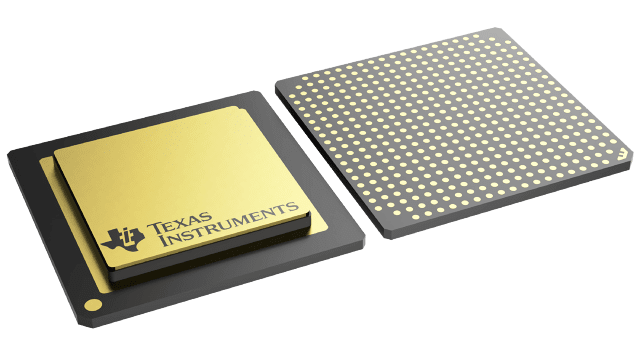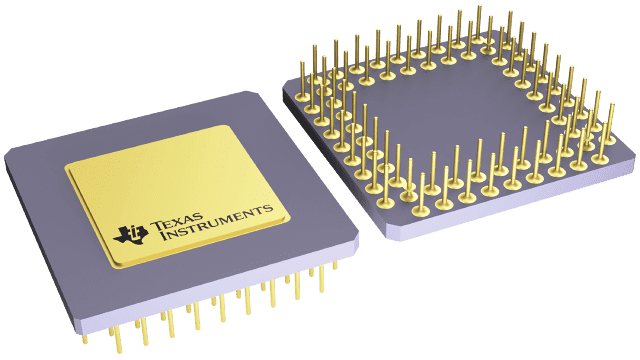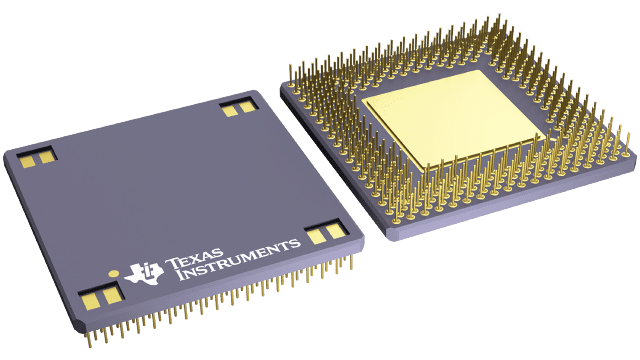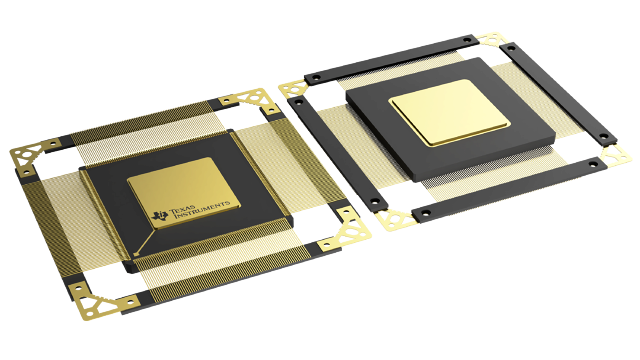Images are for reference only , Please refer to the product datasheet
V62/03610-01XE
Enhanced product C33 floating-point DSP
Manufacturer:
Manufacturer NO:
V62/03610-01XE
copy
Product SN:
10442-V62/03610-01XE
copy
Package/Case:
LQFP (PGE)-144
copy
Manufacturer Lead Time:
-
copy
Datasheet:
Detailed Descripition:
-
copy
Product Application Field:None
Product Application Field:None
Documents & Media
Datasheets PDF V62/03610-01XE Datasheet PDF
Product Description
- Controlled Baseline
- One Assembly/Test Site, One Fabrication Site
- Extended Temperature Performance of
–40°C to 100°C (A Suffix), and
–55°C to 125°C (M Suffix) - Enhanced Diminishing Manufacturing Sources (DMS) Support
- Enhanced Product Change Notification
- Qualification Pedigree

- High-Performance Floating-Point Digital Signal Processor (DSP):
- SM320VC33-120EP (PGE Suffix)
- 17-ns Instruction Cycle Time
- 120 Million Floating-Point Operations Per Second (MFLOPS)
- 60 Million Instructions Per Second (MIPS)
- SM320VC33-150EP (GNM Suffix)
- 13-ns Instruction Cycle Time
- 150 Million Floating-Point Operations Per Second (MFLOPS)
- 75 Million Instructions Per Second (MIPS)
- SM320VC33-120EP (PGE Suffix)
- 34K × 32-Bit (1.1M-bit) On-Chip Words of Dual-Access Static Random-Access Memory (SRAM) Configured in 2 × 16K plus 2 × 1K Blocks to improve Internal Performance
- x5 Phase-Locked Loop (PLL) Clock Generator
- Very Low Power: < 200 mW @ 150 MFLOPS
- 32-Bit High-Performance CPU
- 16-/32-Bit Integer and 32-/40-Bit Floating-Point Operations
- Four Internally Decoded Page Strobes to Simplify Interface to I/O and Memory Devices
- Boot-Program Loader
- EDGEMODE Selectable External Interrupts
- 32-Bit Instruction Word, 24-Bit Addresses
- Eight Extended-Precision Registers
- Fabricated Using the 0.18-µm (leff-Effective Gate Length) TImeline™ Technology by Texas Instruments (TI)
- On-Chip Memory-Mapped Peripherals:
- One Serial Port
- Two 32-Bit Timers
- Direct Memory Access (DMA)
Coprocessor for Concurrent I/O and CPU Operation
- 144-Pin Low-Profile Quad Flatpack (LQFP) (PGE Suffix) and 144-Pin Non-hermetic Ceramic Ball Grid Array (CBGA) (GNM Suffix)
- Two Address Generators With Eight Auxiliary Registers and Two Auxiliary Register Arithmetic Units (ARAUs)
- Two Low-Power Modes
- Two- and Three-Operand Instructions
- Parallel Arithmetic/Logic Unit (ALU) and Multiplier Execution in a Single Cycle
- Block-Repeat Capability
- Zero-Overhead Loops With Single-Cycle Branches
- Conditional Calls and Returns
- Interlocked Instructions for Multiprocessing Support
- Bus-Control Registers Configure Strobe-Control Wait-State Generation
- 1.8-V (Core) and 3.3-V (I/O) Supply Voltages
0 In Stock
Finding Goods Through Sales
Want the lower wholesale price? Please send RFQ, we will respond immediately
Product price
Qty
Unit Price
Ext Price
1000
$17.619
$17619
For more V62/03610-01XE prices, contact customer service to get a discount!
You May Also Like
0 In Stock
Finding Goods Through Sales
Want the lower wholesale price? Please send RFQ, we will respond immediately
Product price
Qty
Unit Price
Ext Price
1000
$17.619
$17619
For more V62/03610-01XE prices, contact customer service to get a discount!
Home
Chat
Compare
Add To RFQ
